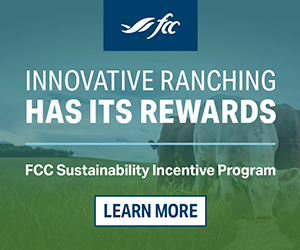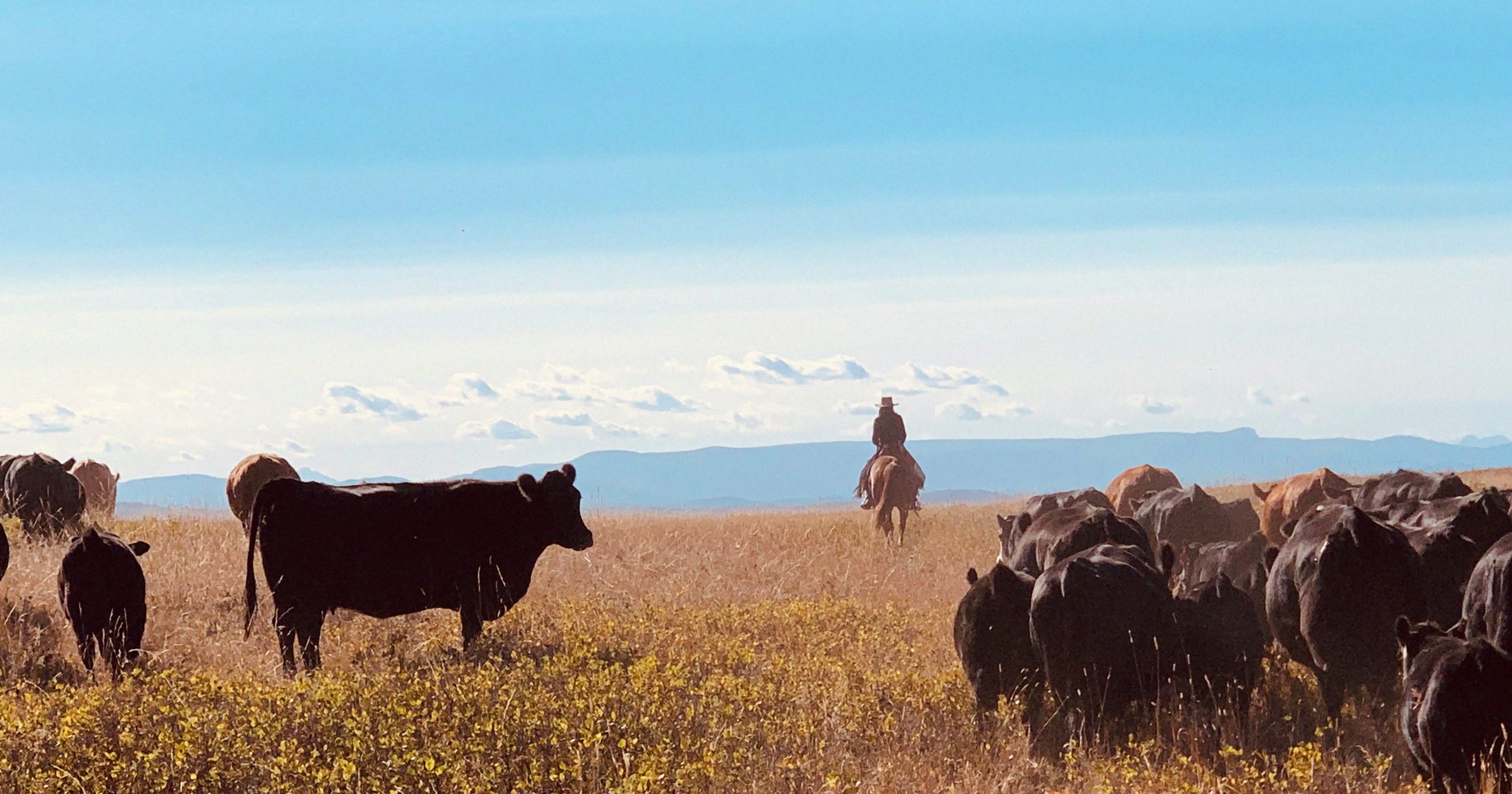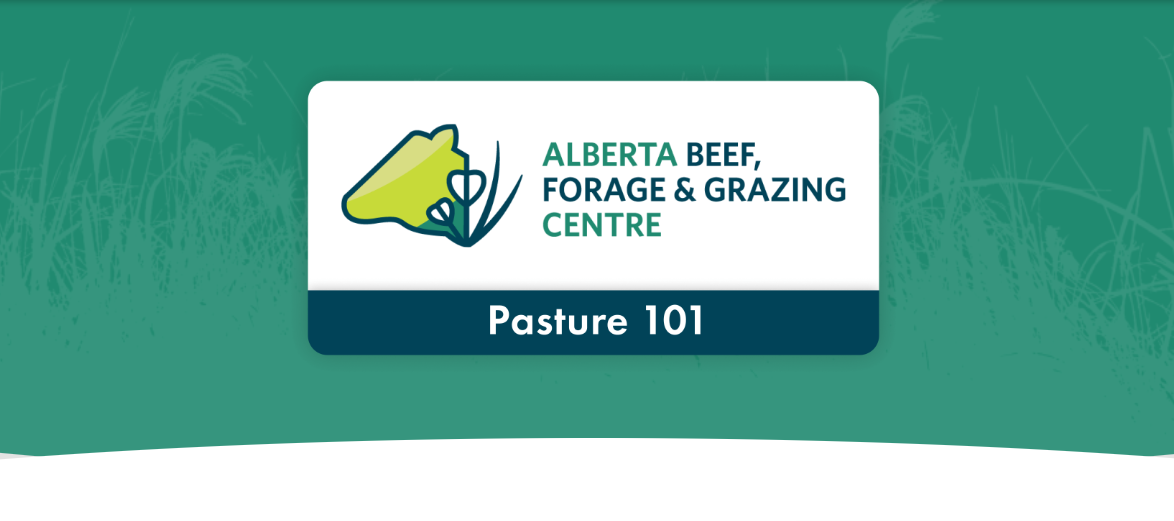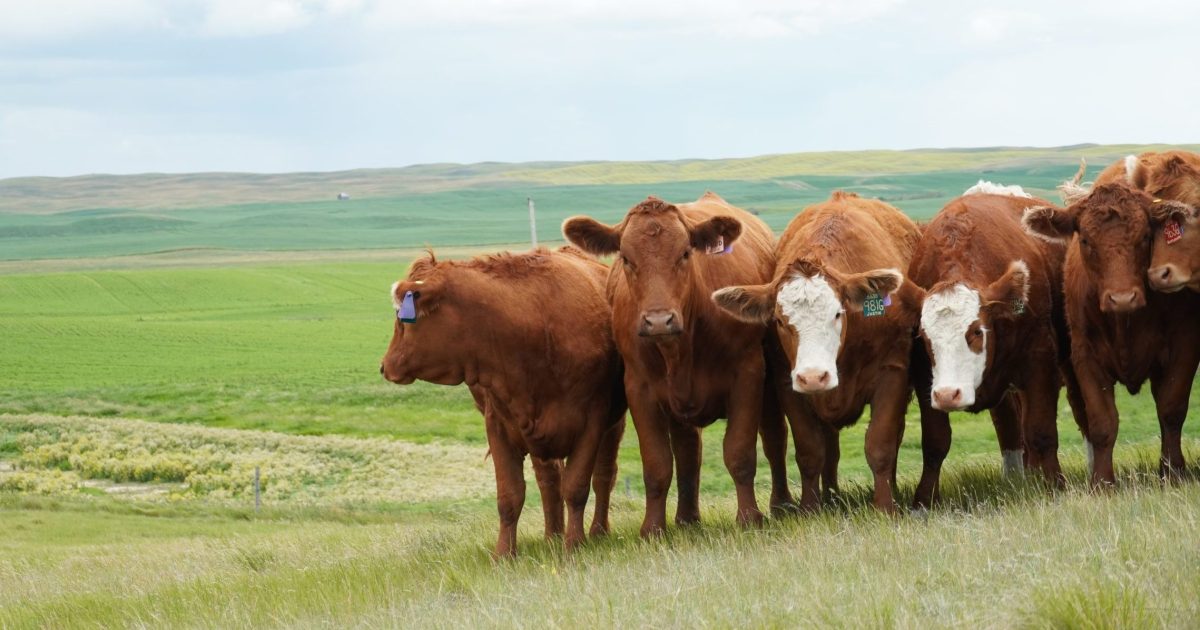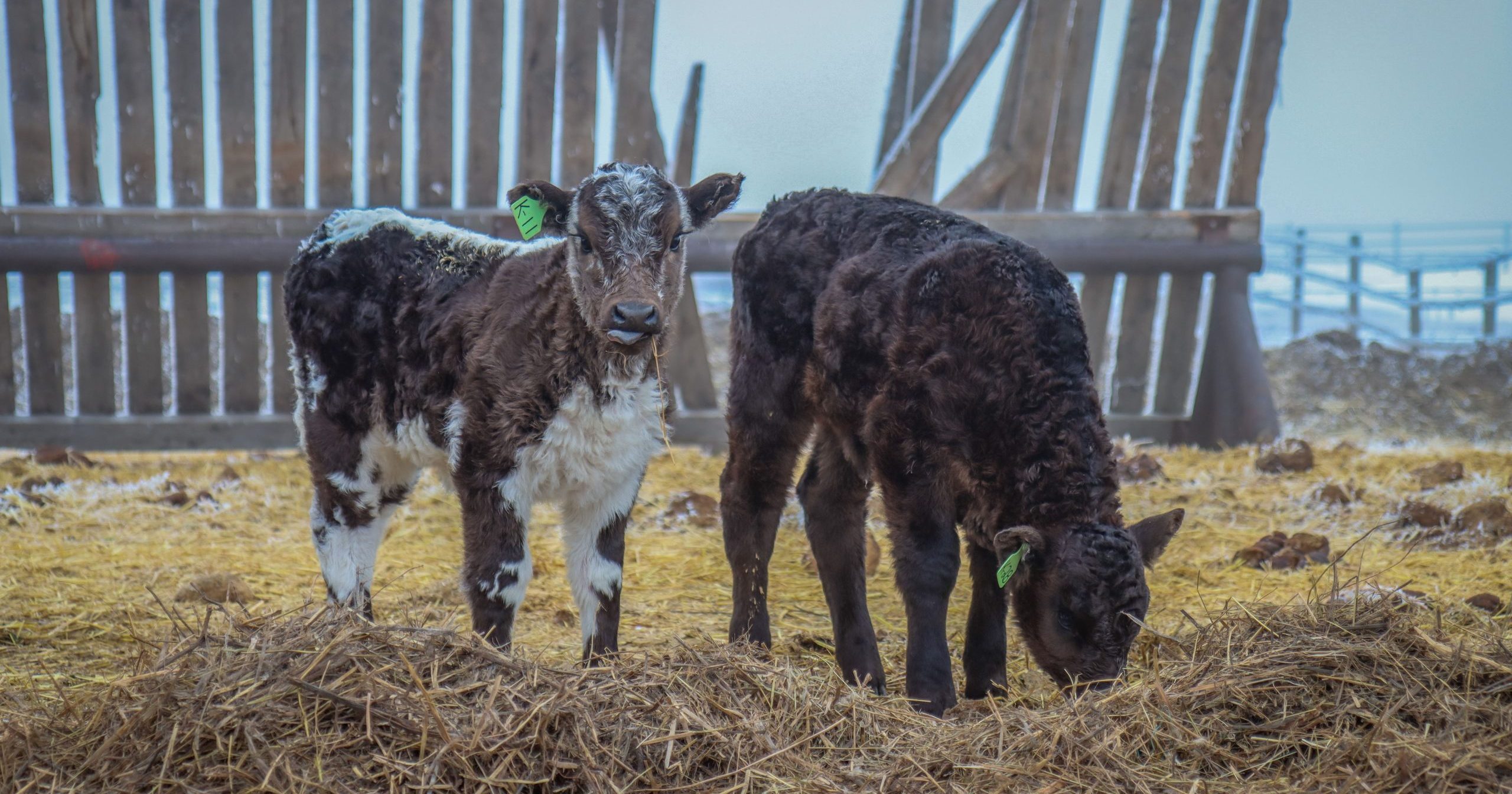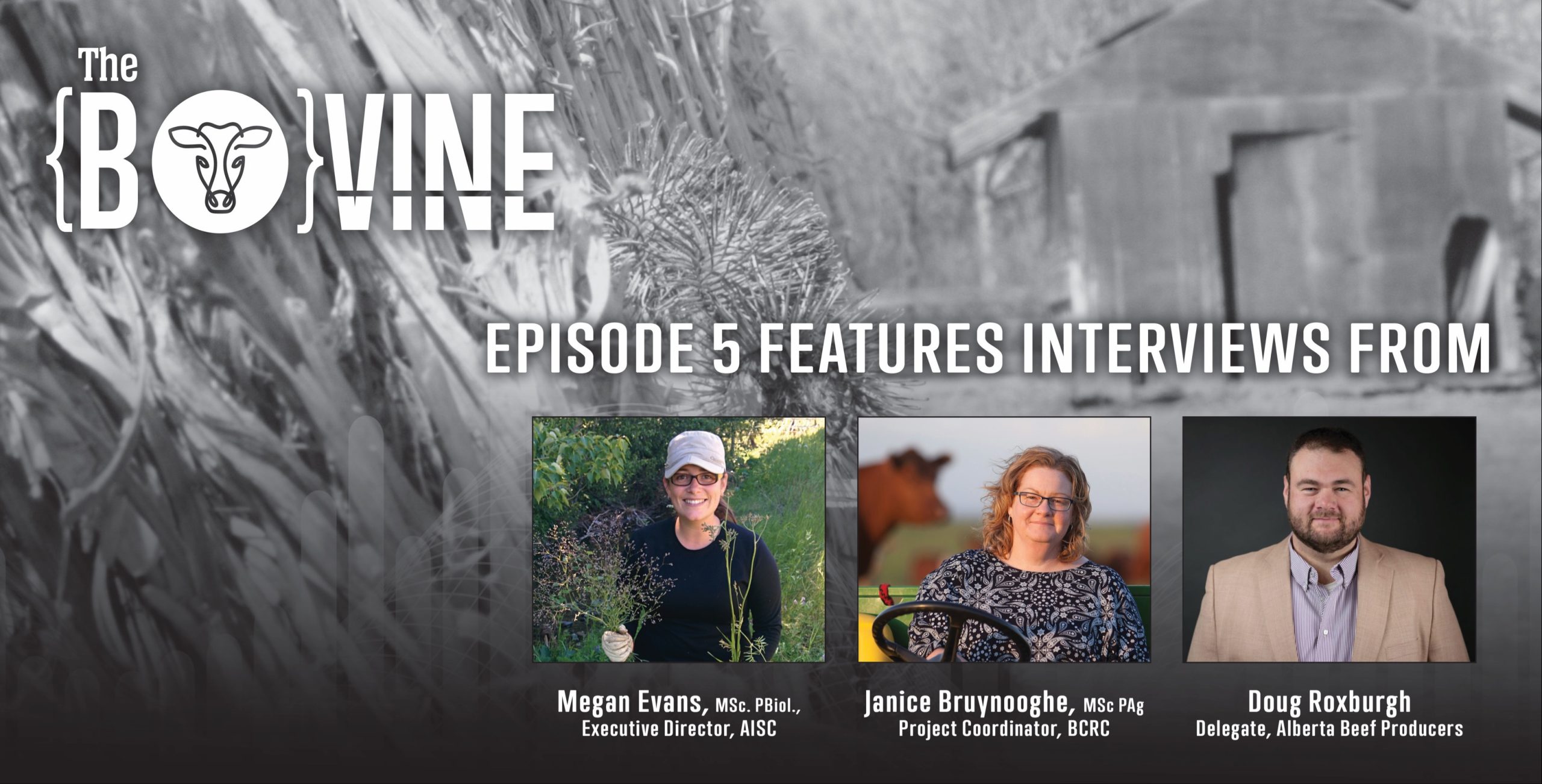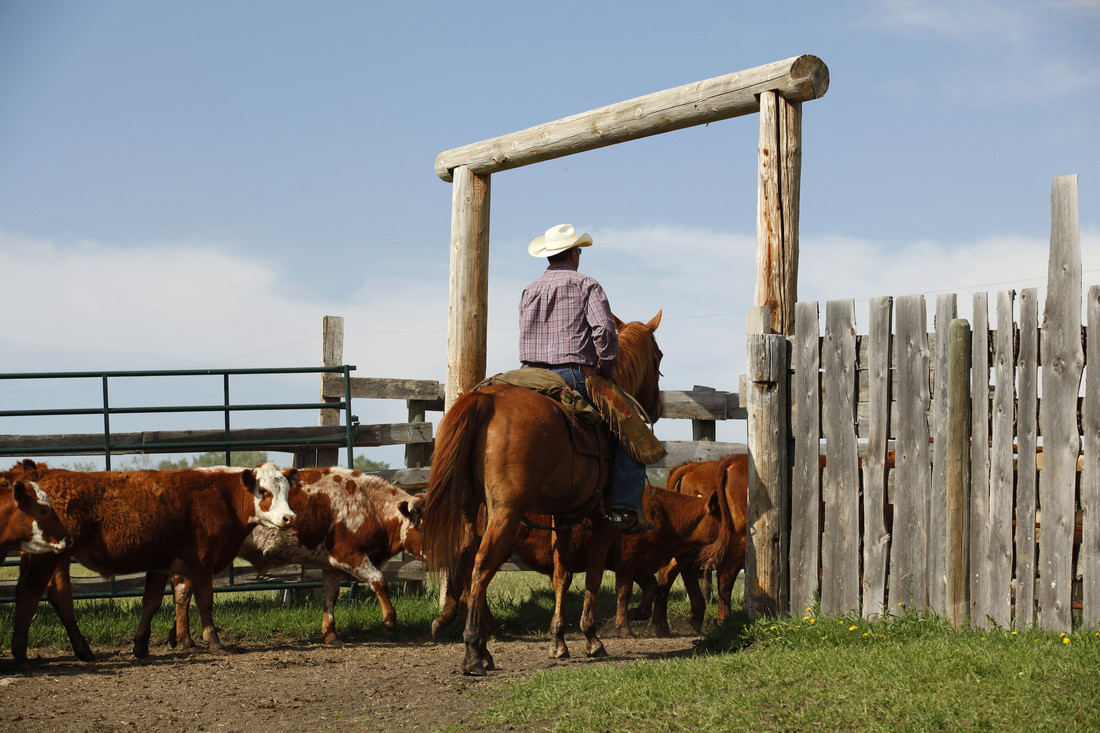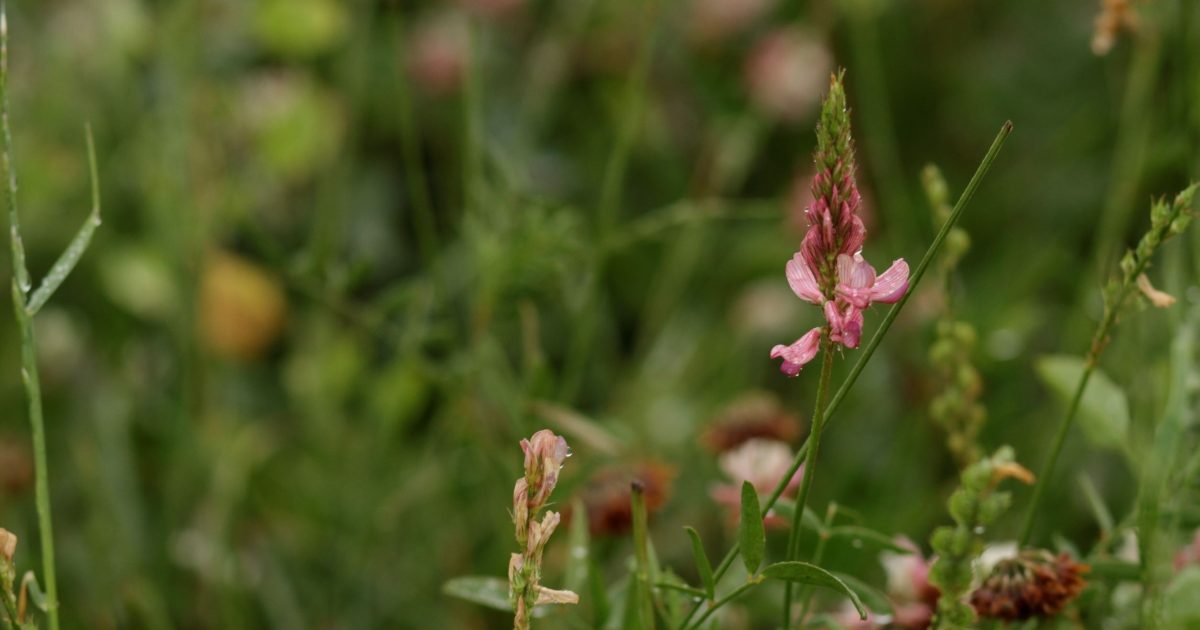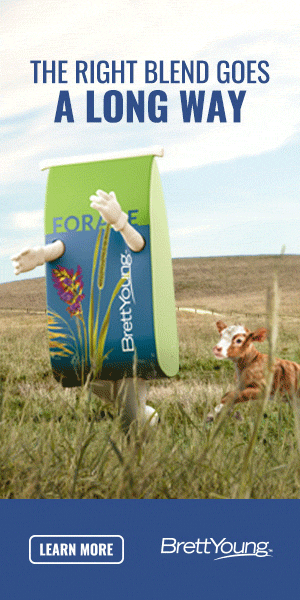AB Direct - Steers
Rail: ---
AB Direct - Heifers
Rail: ---
US Trade- Steers
Rail: 360.00 (IA)*few
US Trade - Heifers
Rail: 360.00 (IA)*few
Canadian Dollar
0.10
Calf 911: Tube (Esophageal) Feeding
This article was first published in Volume 3 Issue 1 of ABP Magazine (February 2023). Watch for more digital content from the magazine on ABP Daily.
Get involved with ABP!
Want to be a part of Alberta Beef Producers? There are still opportunities for you to become involved this year: 1. As a delegate: We still have openings for delegates – read up on the delegate eligibility, talk to a delegate in your zone, and find the 2023 Delegate Nomination form here. 2. As a…
Plan for growing season with new Pasture 101 program
Alberta Beef Producers and the Beef Cattle Research Council (BCRC) are pleased to announce the launch of Pasture 101, a project initiated by the Alberta Beef, Forage and Grazing Centre (ABFGC). Forage/beef innovation for the next generation The Alberta Beef, Forage and Grazing Centre was a five-year agreement (2015-2020) between Agriculture and Agri-Food Canada, Alberta…
Commercial cow-calf producers wanted for online feed testing survey
What’s your take on feed testing? Complete the Western Canadian Feed Testing and Ration Balancing Survey to share how you use feed testing or other methods of analyzing feed quality. This online survey is open to commercial cow-calf producers in Western Canada who run a minimum of 25 head. As the researchers behind the survey…
ABP delegates named to Beef Cattle Research Council executive
Two Alberta Beef Producers’ delegates — Craig Lehr and Fred Lozeman — have been named to the 2022-2023 Beef Cattle Research Council executive committee. Craig Lehr, an ABP delegate for the Southeast Zone, is BCRC’s new Chair. He was elected to this position in November at a BCRC meeting in Guelph, Ontario. Lehr, who previously…
Check-off at Work | Five strategies to stop sickness before it starts this fall
By Beef Cattle Research Council Biosecurity hazards on beef operations are sometimes overlooked, however the risk of introducing disease onto your farm is real and relatively common. It can be especially prevalent in the fall when cattle return from various community pastures, grazing leases or even pastures that border neighbouring livestock. Other common fall practices…
What We’re Reading | Vaccines Are Cheap Insurance – Don’t let your premiums lapse
By Reynold Bergen, BCRC, for the May 2022 issue of Canadian Cattlemen After last summer’s pasture conditions and last winter’s feed costs, it’s safe to say that many cow-calf producers are facing the upcoming grazing season with some anxiety. Some are looking for new grazing arrangements, opportunities to trim input costs, or both. No single solution…
Calf 911: BCRC video series provides practical approach to newborn calf management
It is hard to believe it’s that time of year again! Hopefully these few months feel more like “tagging season” than “calving season.” However, if things don’t go quite as planned, the Beef Cattle Research Council (BCRC) has put together some fantastic resources to help you improve the outcome for any compromised calf that hits…
The Bovine: Weed-free forage, carrying capacity, and first-gen at the table
Happy May! A new month calls for a new episode of The Bovine! Kicking off this month’s show, host Debra Murphy takes a dive into our social media and some of the chatter about our last podcast on wild pigs. Wild pig distribution and eradication on the prairies Then: Alberta Invasive Species Council‘s Executive Director,…
Survey: Pen checking practices in Western Canada
A project led by researchers from the University of Saskatchewan Western College of Veterinary Medicine is looking into what makes pen checkers successful. Over the years, efforts have been made to develop systems to automatically detect sick feeder cattle, but feedlots continue to rely on pen checkers. Some pen checkers are very effective (and have…
Call for Nominations: Award for Outstanding Research and Innovation
The Canadian Beef Industry Award for Outstanding Research and Innovation is presented by the Beef Cattle Research Council (BCRC) each year to recognize a researcher or scientist whose work has contributed to advancements in the competitiveness and sustainability of the Canadian beef industry. Feeding the future through research and collaboration Nominations are welcome from all industry…
Survey: Cow-calf record use and satisfaction
University of Saskatchewan Masters student, Brooklyn Wong, is investigating which production and financial records bring commercial cow-calf producers the most value. Last year, Wong interviewed producers about record keeping practices, and those interviews informed the creation of a survey. Take the Survey The study is funded by the Beef Cattle Research Council, Mitacs and the…


